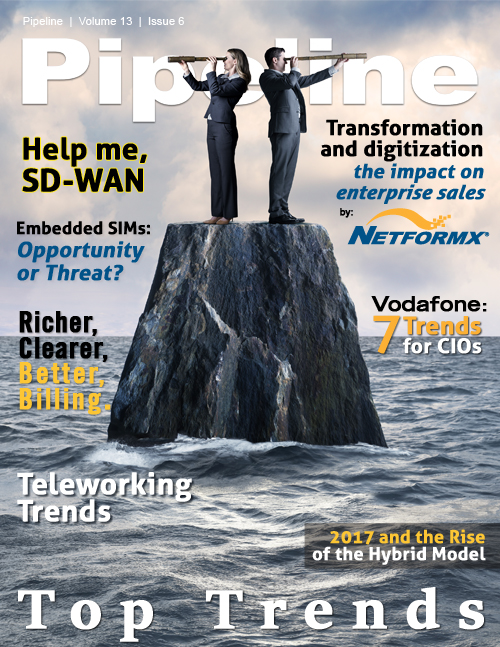2017 prediction: The rise of the hybrid pricing model
It couldn’t be more different from back when pay-as-you-go was king, when consumers were happy to treat a mobile subscription as part of their discretionary spending, and it made more financial sense to have a hard credit limit and no long-term commitment to a single telco. By contrast, the modern mobile subscriber demands constant connectivity and near enough all-you-can-eat data – needs that are more readily fulfilled by postpaid plans.
Moving beyond prepaid vs. postpaid
It might be logical to assume that prepaid is now set to be driven to extinction as a new generation of consumers favour the larger data allowances of postpaid plans. Postpaid has historically been seen as the more attractive pricing model for operators – it tends to yield high commitment and higher ARPU. The problem now, though, is that in this brave new world of data-first, neither pre- nor postpaid pricing models are without their own set of challenges, and the race to the bottom via continual discounting has left service providers scrabbling around for revenue. Mobile ARPU is on a downward trajectory, declining by almost a third from 2008 to 2015 in the major European economies. Pricing is now at a point where the difference between service providers is no longer enough to provide differentiation, nor does it deliver enough revenues to support CAPEX-based investment plans.
For consumers, postpaid plans introduce the risk of bill shock. According to figures from the U.S., the dark side of 4G adoption in the postpaid world is that as many as one in four subscribers now find themselves having to pay overage charges on their data; the number is continually rising, because operators' allowances – which have been sold at low margins since day one – simply aren't keeping up with consumers' usage patterns.
On the telco side, meanwhile, the benefit of having customers tied into long-term contracts is being eroded over time. In the U.K., for example, the recent introduction of new, tougher regulations mean that consumers can now exit their contracts free of charge if the operator increases the cost. Subscribers may be migrating towards postpaid, but they're also clawing back some of the freedom and control traditionally associated with the pay-as-you-go model.
If neither prepaid nor postpaid models are working, what’s the answer? The good news is that the demand for telecoms services continues to rise. What is needed is a fresh approach to how we monetise the smartphone society in which we now find ourselves. To do this, operators need to take a good, hard look at their pricing strategies. Research has shown that better pricing can significantly impact bottom lines in the short as well as the long term.
Cost-plus vs. value-based pricing strategies
In telecoms, pricing has typically been based on what the product costs to deliver. This is a cost-plus approach to pricing and ensures that investment is recouped. At a macro level, this ensures that costs stay below revenues. At a micro level – that of the individual product basis – this is not necessarily the case.
The retail industry, in comparison, does not price goods based on cost-plus pricing, but instead uses more sophisticated approaches such as setting the pricing on the perceived value of the goods, known as value-based pricing. Cost-plus pricing means that the margin objective determines the price, rather than what the market is willing to pay, which can result in overpricing and underpricing; whereas value-based pricing sets pricing according to the perceived customer value of the product.
The potential of the value-based pricing approach
Value-based pricing is driven by a deep understanding of what customers need and value, and of their ability and willingness to pay, but it can ensure profitability no matter what level of competition in the market when directly linked to the needs of the customer.



















